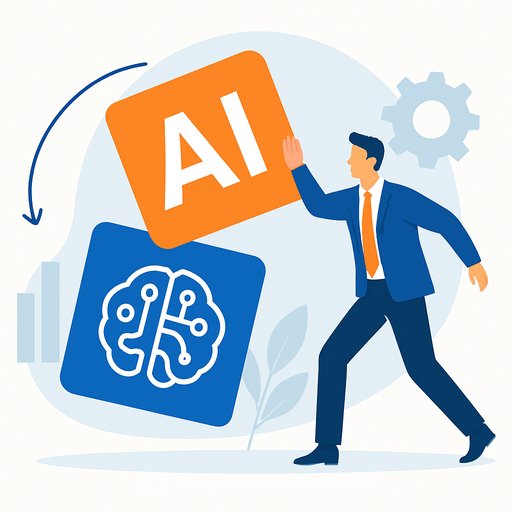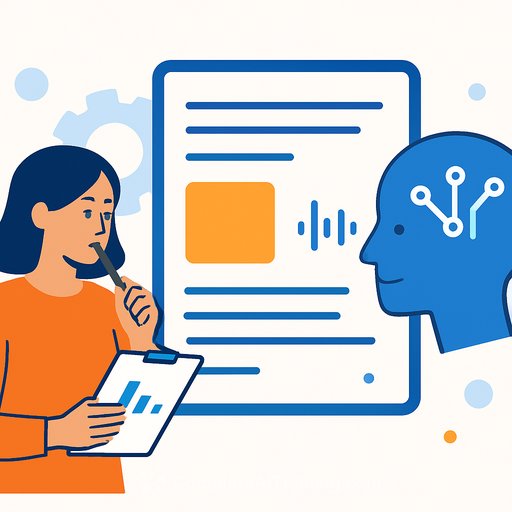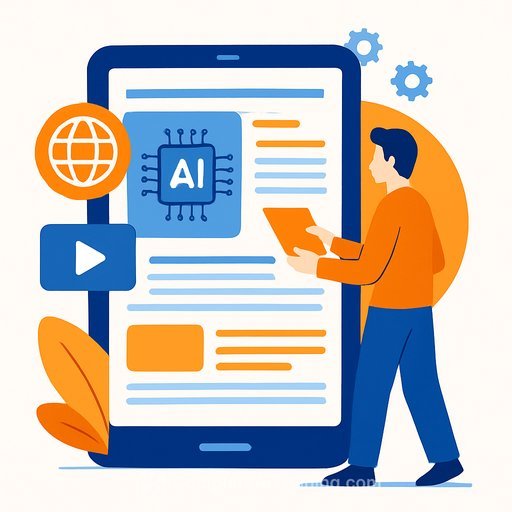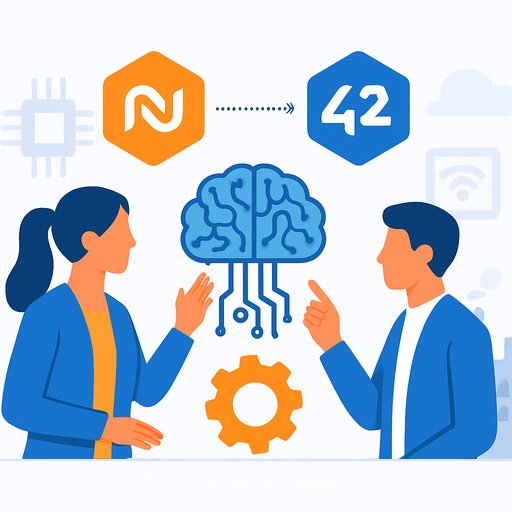Thought Leaders: Why Playing It Safe With AI Is the Riskiest Move You Can Make
AI has moved from a side project to a competitive necessity. Yet, many organizations invest cautiously, using their resources for small, incremental updates. This "play not to lose" approach feels safe, but it makes you vulnerable.
Your competitors are moving faster. The entire competitive landscape is shifting towards human-AI collaboration. When AI capabilities change weekly, hesitation means you lose the chance to set the standard. The winners will be those who reverse the innovation-to-maintenance ratio and make bold bets that drive real change.
The Problem With Playing Not to Lose
Conservative investment is a common habit. Many use the old 70-20-10 model: 70% on existing products, 20% on small improvements, and a tiny 10% on true innovation. This works in stable markets that reward optimization. But AI is a wartime market that punishes complacency.
Small steps, like adding a workflow feature or a thin LLM layer, might create efficiency but won't alter your company's path. The real gains come from leaders willing to re-architect their entire product around AI as a native function.
We're seeing entire industries reset their baselines. SaaS companies are using autonomous agents to optimize campaigns in real-time. Fintechs use generative AI for personalized financial advice. These are not side features; they are the new operating systems for business. Once AI resets the baseline, the window to catch up closes fast. Playing it safe doesn't buy you time-it compounds the gap.
Why Now Is the Time to Flip the Ratio
There was a time when being cautious with AI made sense. Early models were unreliable and the tools were immature. That time is over. Today, entire businesses are being built AI-native from the ground up, proving the foundation is strong enough to bet on.
We are past the experimental phase. AI is becoming the default. In 2025, 78% of organizations reported using AI in at least one business function, a jump from 55% the year before. This shows both the maturity of the technology and a deeper understanding of its economic effect.
The economics of AI are also changing. The cost to build with AI coding assistants has dropped, lowering the barrier to entry. But unlike traditional SaaS, the cost of running AI platforms grows with each user. This makes speed-to-market essential. You have to launch in days or weeks, not months.
Making AI a Driver of Transformation
You can't treat AI as a cosmetic fix. It must be a core driver of transformation. This means rethinking processes and products to be not just intelligent, but autonomous-able to act and adapt with minimal human input.
Forward-thinking organizations embed AI into their customer experience, product design, and operations. They build responsive personalization and automate workflows to create new levels of agility. Transformative, AI-native applications are appearing everywhere:
- In legal services, platforms like Harvey pair lawyers with AI copilots to streamline research and contract analysis.
- Healthcare startups such as Abridge are changing clinical documentation with AI that summarizes notes in real-time.
- In creative fields, tools like Runway are cutting video production cycles from weeks to minutes.
These examples show how quickly competitive baselines are shifting. They are built with AI as the core system, not an add-on.
Managing Risk While Moving Boldly
Being transformative with AI doesn't mean being reckless. It means channeling ambition through calculated risks. The smart play is not one giant moonshot, but a portfolio of well-structured bets where the potential upside is huge. Some will fail, but the wins will be asymmetric.
Leaders need a clear view of foundational needs: infrastructure, quality data, and security frameworks. Most importantly, you need AI-ready talent to turn ideas into reality. You don't have to overinvest upfront, but you must prepare the ground for scalable innovation. To build the necessary skills on your team, exploring job-specific AI courses is a practical first step.
As AI becomes central to decisions, trust is everything. This has led to a focus on building Confidence in AI Results (CAIR). Clear governance and ethical guidelines are no longer optional. They are essential for management and a competitive differentiator.
Shape the Future, Don't React to It
The AI era rewards speed, boldness, and a clear vision. Companies that continue to hedge their bets will be forced to react to change instead of creating it.
Flipping the innovation-to-maintenance ratio and committing to strategic AI bets will determine who leads the next wave. In a market moving at AI speed, hesitation is the most costly move you can make.
```Your membership also unlocks:






